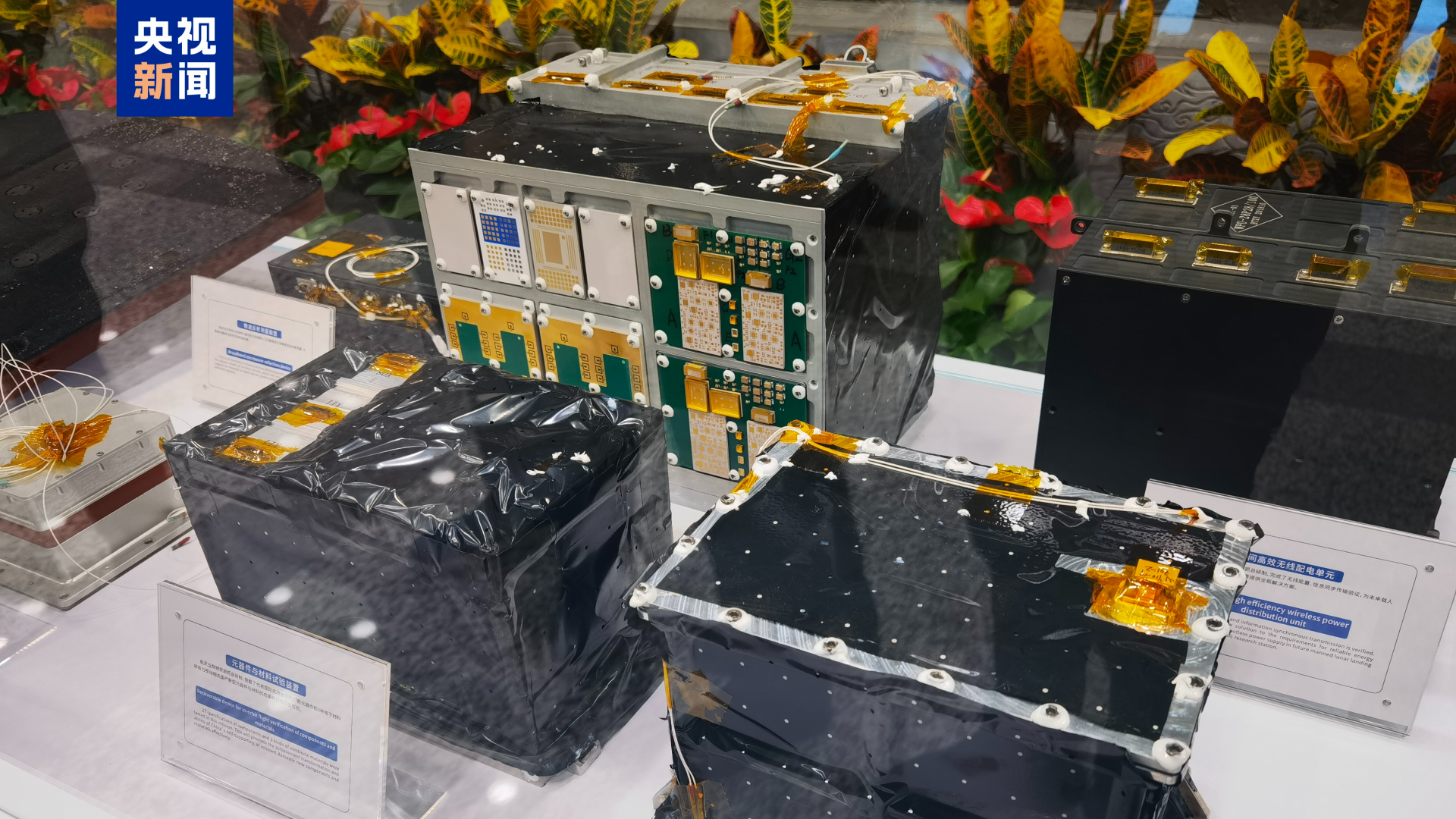China's inaugural reusable satellite successfully returns and delivers payloads
China has successfully launched its first reusable and returnable satellite, marking a significant achievement in its space program. This innovative satellite is capable of delivering payloads and returning them to Earth, showcasing advancements in technology designed for more efficient and sustainable space missions. The development and launch of this satellite represent a pivotal step for China as it aims to enhance its capabilities in satellite operations and space exploration.

During a handover ceremony organized by the China National Space Administration (CNSA) in Beijing, the CNSA and the China Aerospace Science and Technology Corporation formalized payload delivery certificates with users from China and abroad, including representatives from Thailand and Pakistan.
Bian Zhigang, deputy head of CNSA, commented that the Shijian-19 mission fully capitalizes on the benefits provided by the new generation of retrievable space experiment platforms. It conducted experiments involving space breeding for approximately 1,000 species of germplasm resources, which play a crucial role in the innovation of germplasm resources in China. Furthermore, the mission has provided a significant opportunity for on-orbit validation of components and materials manufactured domestically.
Meng Lingjie, director of the Earth Observation System and Data Center at CNSA, noted that the Shijian-19 mission made a significant advancement with its recovery module. The satellite platform is designed for more than 10 reuses, substantially lowering manufacturing costs while boosting operational efficiency.
As a space testing platform, the satellite enables the seamless transportation of payloads between Earth and space, offering high-quality experimental services. Meng added that its applications extend across a variety of sci-tech experiments, including space breeding, space pharmaceuticals, and materials manufacturing.
The satellite returned with 500 kg of experimental payloads, markedly enhancing its recovery capabilities, as stated by Meng, who also highlighted its ability to provide a high-quality microgravity environment for experiments.
While in orbit, the satellite facilitated seven new technology experiments, such as microgravity hydrogen production, low-frequency magnetic communications, inflatable sealed cabins, and wireless power transmission. Additionally, it carried nine space science payloads focused on research areas including carbon nanomaterials and devices, solid catalyst materials, and oral and dental science materials.
Liu Luxiang, executive director general of the Institute of Crop Sciences at the Chinese Academy of Agricultural Sciences, reported that the Shijian-19 mission transported seeds from around 1,800 plant materials and over 1,000 species of microorganisms, thus covering almost all major agricultural products. Liu emphasized that the mission not only supports China's space breeding initiatives but also fosters a collaboration platform for international partners. The mission incorporated rice seeds from Thailand, along with seeds of wheat, rice, corn, and beans from Pakistan, in addition to various crop seeds from other nations.
"In the face of the challenge of global food security, it is necessary to continuously enhance food production, develop new genetic resources that promote nutrition and health, and cultivate new grain varieties that are more resilient to climate change with improved stress tolerance," Liu remarked.
Over the last three decades, China has successfully developed over 300 crop varieties via its space breeding technologies, which are cultivated on approximately 2 million hectares annually, yielding significant social and economic benefits.
The Shijian-19 satellite was launched from the Jiuquan Satellite Launch Center in northwest China on September 27 and completed its mission by returning to Earth on October 11.
Mathilde Moreau for TROIB News
Discover more Science and Technology news updates in TROIB Sci-Tech












